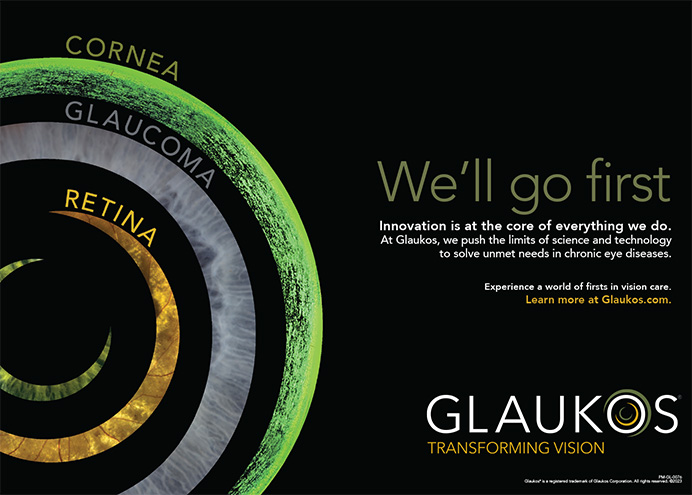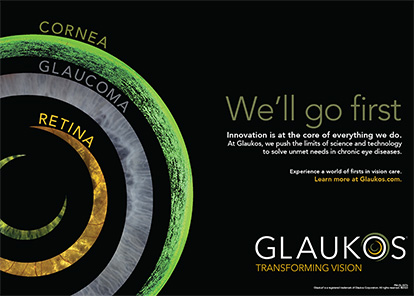How do you use social media and networking Web sites (Facebook, Twitter, Linkedin, blogs, etc.) in your professional life and practice? From your perspective, what are the advantages, the anticipated benefits, the challenges, and the negative aspects of using social media?
ALAN M. BERG, MD
Our practice has decided to embrace the social network. We recently developed our own Apple iPhone and iPad (Cupertino, CA) app, and we have been involved with Yelp for 2 to 3 years now. We are also on Facebook and Twitter; one of our staff members regularly updates our Facebook page and tweets what is new and exciting for our patients. There are pros and cons to social networking. The biggest con is that your patients can say anything they want on social networking sites, so we hope that what they say about their experience at our practice is positive. The benefits are the connections that are formed, which allow us to reach out to every type of person and potential patient and showcase our positive outcomes and the experiences our patients have had. We are aware that the Y generation will search us out on every social network available; therefore, we feel the need to be active in social networking.
J.E. “JAY” MCDONALD II, MD
McDonald Eye Associates is at the forefront of social networking for a medical practice. We use Facebook to inform our patients of news about our clinic and the services we offer and to connect with our patients on a more personal level by adding them as friends and uploading pictures of them with testimonials after their procedures. Social networking allows us to communicate with patients in a meaningful way while also maintaining the quality control needed to ensure a safe and constructive environment for all stakeholders. McDonald Eye also has a mobile Web site designed to leverage interaction with patients on their mobile devices—an area of technology that is expanding at an astounding pace. This site is accessible to all major smart phone operating systems, allowing users to navigate the site to ensure maximum patient reach and give the impression that McDonald Eye is on the cutting edge of technology.
KARL G. STONECIPHER, MD
Social media is an avenue we cannot do without if we want to attract young laser vision correction patients. We use Web sites, Facebook, e-mail, and texting as our main social networking sources, because they are user friendly for our patients. One example—www.laserdefinedvision.com—is a Web site that allows patients to watch me having LASIK surgery and answering commonly asked questions. Facebook is a portal for us to show patients our alumni and ourselves. E-mail accessibility is a must. We find that patients tend to prefer e-mail over calling the office to schedule an appointment or ask a question about medications. Finally, texting provides an additional avenue by which patients can tell us if they are running late for their appointments or ask us if the doctor is on time. The only negative aspect to using social media is that patients expect quick responses, so if you use them, have a plan in place for responding in a timely fashion.
J. TREVOR WOODHAMS, MD
The advent of the Internet and the Google search engine has radically revised our traditional means of communicating with patients and the public at large. Still, the expectation that Facebook, Twitter, or any of the other competing technologies will duplicate Google’s success remains to be proven. Fear of being left out and the blandishments of early-adopter consultants can be expensive and are probably premature. An example is Facebook. After I put up a page of my own for reaching friends and colleagues I had lost touch with over the years, it soon became apparent to me that the overwhelming number of friend requests I was receiving were coming from industry representatives and others with something to promote. Although the interface between these kinds of acquaintances may be indistinct at times, I am not fond of sharing photographs of my Moroccan vacation with somebody trying to sell me a phaco machine. I have no doubt one or more of the new social media may end up assuming a level of importance in running my practice equal to Google, but for now, I see too much froth and not enough substance. Have we really arrived at selling heavily discounted LASIK through Groupon?
Section Editor John F. Doane, MD, is in private practice with Discover Vision Centers in Kansas City, Missouri, and he is a clinical assistant professor with the Department of Ophthalmology, Kansas University Medical Center in Kansas City, Kansas. Dr. Doane may be reached at (816) 478-1230; jdoane@discovervision.com.
Alan M. Berg, MD, is in private practice with Berg-Feinfield TLC Vision Correction in Burbank, California. He acknowledged no financial interest in the product or company he mentioned. Dr. Berg may be reached at (818) 980-2020; aberg@bergfeinfield.com.
J. E. “Jay” McDonald II, MD, is the director of McDonald Eye Associates in Fayetteville, Arkansas, and he is the editor of the ASCRS Cataract and Refractive Internet Forum. Dr. McDonald may be reached at (479) 236-4281; mcdonaldje@mcdonaldeye.com.
Karl G. Stonecipher, MD, is the director of refractive surgery at TLC in Greensboro, North Carolina. Dr. Stonecipher may be reached at (336) 288-8523; stonenc@aol.com.
J. Trevor Woodhams, MD, is the surgical director of the Woodhams Eye Clinic in Atlanta. Dr. Woodhams may be reached at (770) 394-4000; twoodhams@woodhamseye.com.


